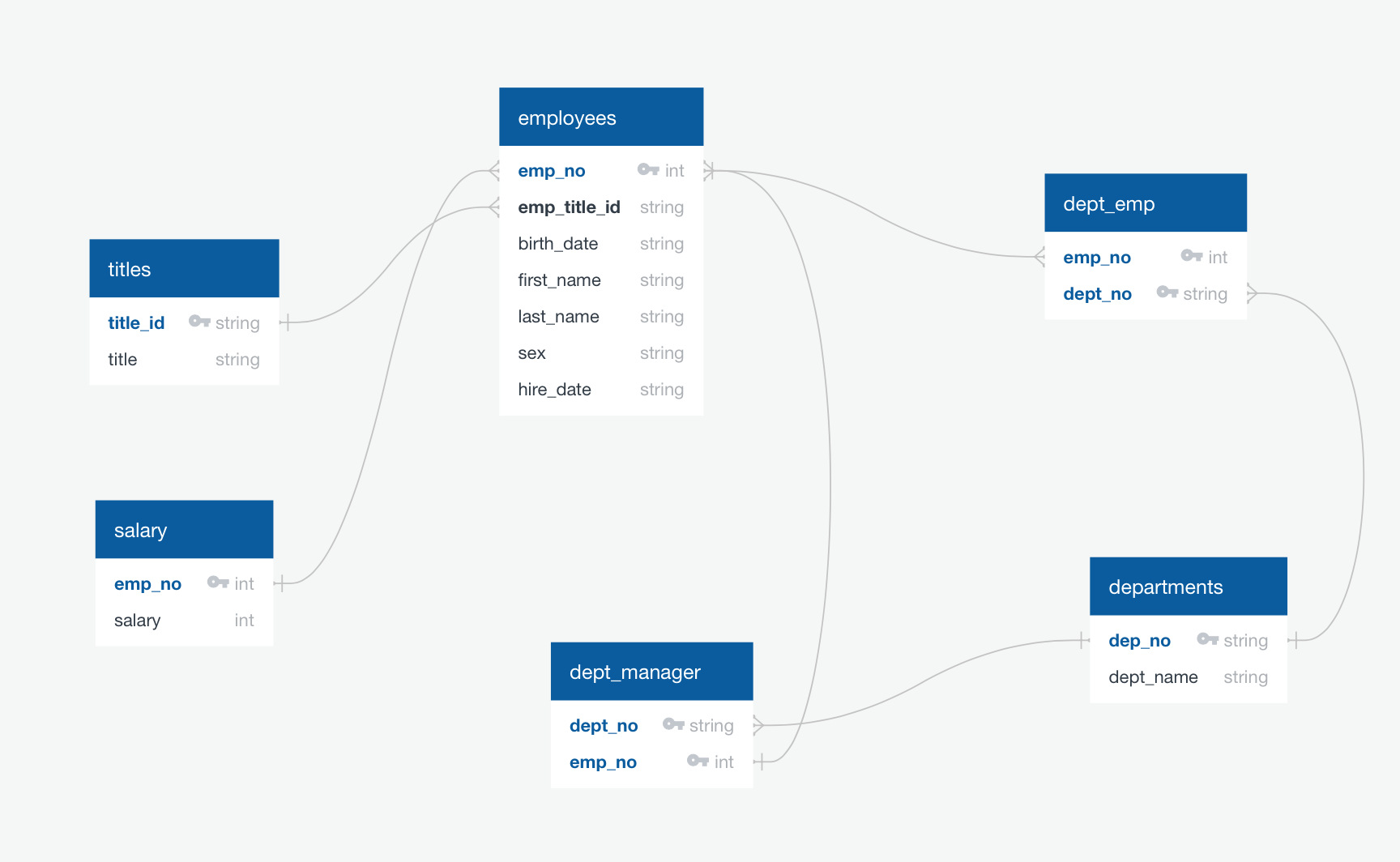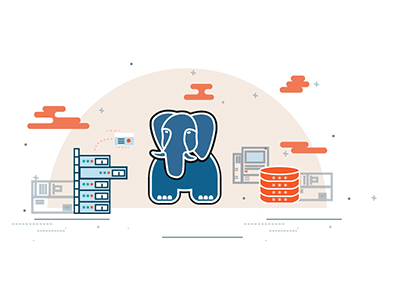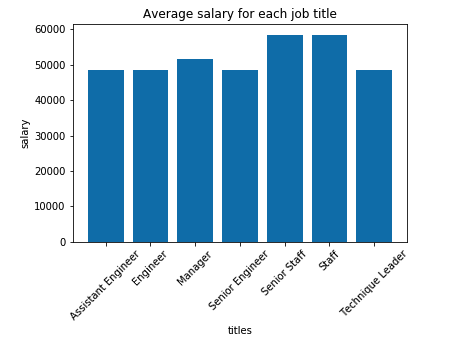SQL Homework Assignment
For this assignement I engineered a postgres database to hold sample employee data from CSV's using an ERD.

I then imported the CSVs into a Postgres and ran some queries to get the information below.
- I first ran a query to list details of each employee: employee number, last name, first name, sex, and salary.
<SELECT employees.emp_no, employees.last_name, employees.first_name, employees.sex, salary.salary FROM employees LEFT JOIN salary ON employees.emp_no = salary.emp_no;r>
- Next I ran a query to list first name, last name, and hire date for employees who were hired in 1986.
<SELECT employees.last_name, employees.first_name, employees.hire_date FROM employees WHERE (SELECT EXTRACT (YEAR FROM hire_date) = '1986');>
- Then a ran a query that listed the manager of each department with their department number, department name, employee number, last name, first name.
<SELECT departments.dept_no, departments.dept_name, dept_manager.emp_no, employees.last_name, employees.first_name FROM departments LEFT JOIN dept_manager ON departments.dept_no = dept_manager.dept_no LEFT JOIN employees ON dept_manager.emp_no = employees.emp_no;>
- The next query I created got me the department of each employee, plus their employee number, last name, first name, and department name.
<SELECT employees.emp_no, employees.last_name, employees.first_name, departments.dept_name FROM employees LEFT JOIN dept_emp ON employees.emp_no = dept_emp.emp_no LEFT JOIN departments ON dept_emp.dept_no = departments.dept_no;>
- I then queried my database for first name, last name, and sex for employees whose first name is "Hercules" and last names begin with "B."
<SELECT first_name, last_name, sex FROM employees WHERE first_name = 'Hercules' and last_name LIKE 'B%';>
- For this querry the goal was to create a list of all employees in the Sales department, including their employee number, last name, first name, and department name.
<SELECT employees.emp_no, employees.last_name, employees.first_name, departments.dept_name FROM employees LEFT JOIN dept_emp ON employees.emp_no = dept_emp.emp_no LEFT JOIN departments ON dept_emp.dept_no = departments.dept_no WHERE dept_name = 'Sales';>
- I then listed all employees in the Sales and Development departments, including their employee number, last name, first name, and department name.
<SELECT employees.emp_no, employees.last_name, employees.first_name, departments.dept_name FROM employees LEFT JOIN dept_emp ON employees.emp_no = dept_emp.emp_no LEFT JOIN departments ON dept_emp.dept_no = departments.dept_no WHERE dept_name = 'Sales' or dept_name = 'Development';>
- I also wrote a querry to list the frequency count of employee last names in descending order
<SELECT employees.last_name, COUNT(employees.last_name) AS "Last_Name_Count" FROM employees GROUP BY employees.last_name ORDER BY "Last_Name_Count" DESC;>
- I then imported that data into a juptyer notebook with SQLalchemy and examined that data further with pandas
<from sqlalchemy import create_engine engine = create_engine('postgresql://localhost:5432/<your_db_name>') connection = engine.connect()>
- I then created a histogram to visualize the most common salary ranges for employees.
- Lastly I created a bar chart of average salary by title.


